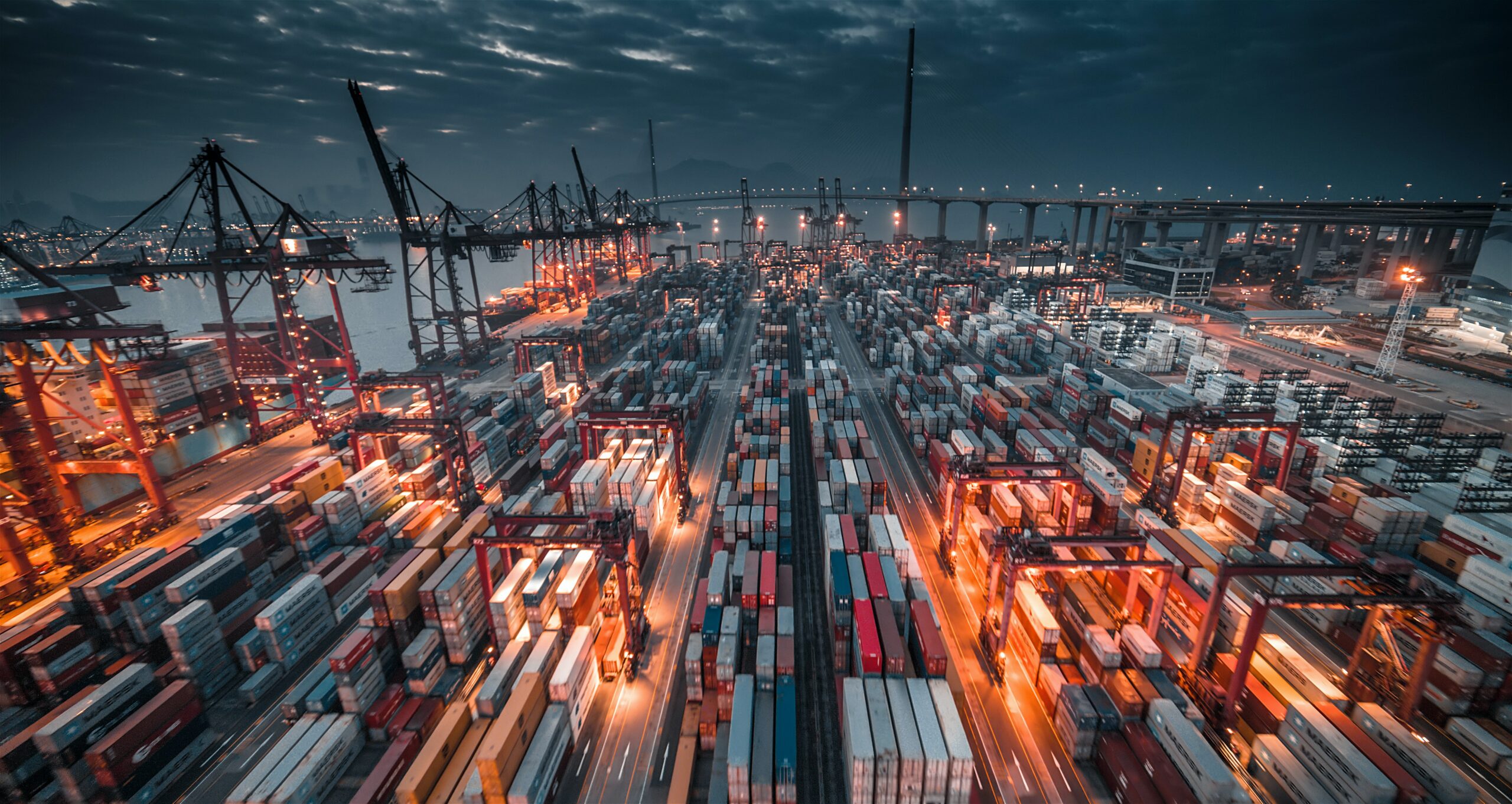
The gap between what rules say and how they work in practice is a potential minefield for international traders of secondary raw material such as waste paper and metal recyclables.
To minimise costly delays and fines, most UK exporters rely on local agents in destination countries who have direct contact with port authorities and customs officials. These agents often cultivate long-term, trusting relationships with their clients and work hard to navigate the local bureaucracy. Traders still need to study the rules though because if something goes badly wrong and it ends up in court – guess who’s liable?
Know the rules, know the risks
In international trading, it always pays to know the risks. But how can you quantify the risks without knowing the rules – and where you might be falling short?
How many busy UK exporters of waste paper, for example, have actually familiarised themselves with the suite of 12 hazardous waste forms that the Central Pollution Control Board (CPCB) at the Ministry of Environment, Forest and Climate Change, Government of India, provide in accordance with its Hazardous Waste Management Rules (HWMR) 2016?
Maybe your documentation expert is a keen student of Indian regulations, but it’s also possible they’re simply following the instructions provided by the local agent based upon ‘what works on the ground’. That insidious gap between ‘what works’ and what the official rules require deserves scrutiny – because it’s where risks are sure to lurk.
How compliant are you?
As a fundamental risk assessment, you need to know whether:
- You’re fully compliant.
- You’re relying to some extent on facilitations and goodwill (‘the grey area’).
- You’re inadvertently breaching the rules on the basis of inaccurate advice.
So just in case a copy of the HWMR isn’t on your bedside table, here are some key details about the two forms that are directly relevant to UK exporters: Form 6 and Form 9 Transboundary Movement documents. This should arm you with the basics to periodically quiz your agent and make an assessment of how compliant you really are.
Rules keep changing
The first edition of the hazardous waste management rules were published in the Gazette of India in 2008. A significant update then came into force in 2016. The Hazardous and other Wastes (Management and Transboundary Movement) Rules 2016 relate to the generation, management, transport, treatment, recovery, processing, recycling, use, sale, transfer and disposal of hazardous waste in India.
Amendments have continued to crop up since then, such as in 2022, when end-of-life tyres were added to the list of wastes that are covered by India’s extended producer responsibility (EPR) rules. So it’s worth visiting the CPCB site on a regular basis (see link above).
Form 6 and form 9
Form 6 and Form 9 are downloadable documents that any UK trader exporting waste paper to India will be filling out and couriering to their bank on a regular basis. Chapter III – Import and Export of Hazardous Wastes in the HWMR 2016 sets out the related rules. So let’s look at some of what it actually says.
Form 6 information is primarily the importer’s responsibility
‘For the import of other wastes listed in Part D of Schedule III, the importer shall not require the permission of the Ministry of Environment, Forest and Climate Change. However, the importer shall furnish the required information as per Form 6 to the Customs authorities’ [Chapter III, Section 13 (2), HWMR 2016]
Here, the responsibility for providing the information in Form 6 to the Customs authorities is assigned to the importer, not the exporter. So why are UK exporters being advised to fill out the information themselves? The clue lies on the form. Form 6 states that both the importer and exporter can furnish the information – even though the Rules themselves do not mention it.
The form-filling work has basically been shifted onto you, the exporter.
Form 9 is primarily the exporter’s responsibility
Furnishing the information required by Form 9 (movement document) can be done by either the importer or exporter as with Form 6. This too is written on the form. The rules only specify that the port and customs authorities need to ensure that the movement document is there with the shipment.
‘The Port and Customs authorities shall ensure that shipment is accompanied with the movement document as given in Form 6 and the test report of analysis of the waste, consignment, wherever applicable from a laboratory accredited or recognised by the exporting country.’ [Chapter III, Section 13 (10), HWMR 2016]
Once past Customs, Form 9 is the owner’s responsibility
Once the shipments has got past Customs, the information contained within Form 9 then needs to be communicated to the transporter by the ‘occupier’ which in these circumstances means ‘the person in possession of the hazardous or other waste’ [as defined in Chapter I, Section 3, 21. HWMR 2016].
‘The occupier shall provide the transporter with the relevant information in Form 9, regarding the hazardous nature of the wastes and measures to be taken in case of an emergency and shall label the hazardous and other wastes containers as per Form 8.’ [Chapter V, Section 18 (2) HWMR 2016]
So this clause is effectively telling the new owner of the material – most likely your customer – that they are responsible for giving the relevant Form 9 information to whoever’s been hired to drive the waste to its place of recycling.
Compliance matters
There’s a reason why compliance is a big business: it’s because the costs of not being compliant are potentially enormous. So am I suggesting that you need to hire a fancy compliance consultant? No. But you do need to assess, score and monitor your risks on a regular basis right across your trading business as a matter of common sense. Fortunately modern risk management software does exist to help you do this far more efficiently and cheaply than before.
Just remember: read the rules for yourself – and know your risks!



